📦 In Short:
- IoT in waste management helps monitor bin fill levels and optimize collection routes.
- Cities using smart bins and AI see lower costs and cleaner streets.
- Sensors, GPS, and cloud platforms provide real-time tracking and analytics.
- India, Europe, and the U.S. are adopting IoT-based sanitation models.
- Challenges include connectivity issues, high setup costs, and maintenance needs.
🧭 A Cleaner City Powered by Smart Tech
Overflowing bins, delayed garbage pickup, and poor sanitation are common in growing cities. But now, Internet of Things (IoT) technology is transforming how waste is monitored, collected, and processed.
With real-time tracking, automated alerts, and data-driven insights, smart sanitation systems powered by IoT are making waste management more efficient, cost-effective, and eco-friendly.
🔍 What Is IoT in Waste Management?
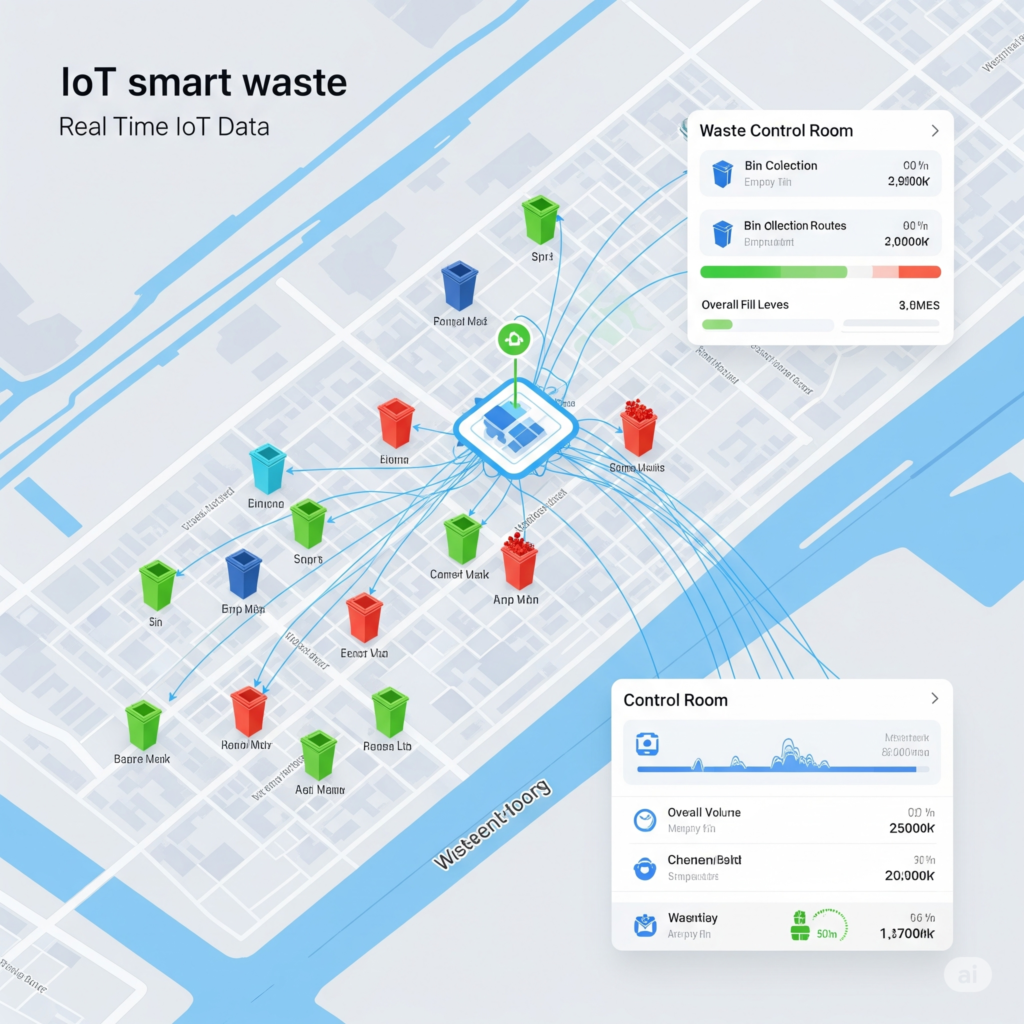
IoT in waste management refers to smart devices and sensors embedded in trash bins, garbage trucks, and waste processing systems. These devices collect and transmit data such as:
- Bin fill levels
- Location tracking
- Temperature (for biohazard or organic waste)
- Pickup status
- Route efficiency
This data is sent to a central platform, where AI or human operators use it to optimize routes, schedule pickups, and monitor overall system health.
🧠 How Smart Waste Management Works
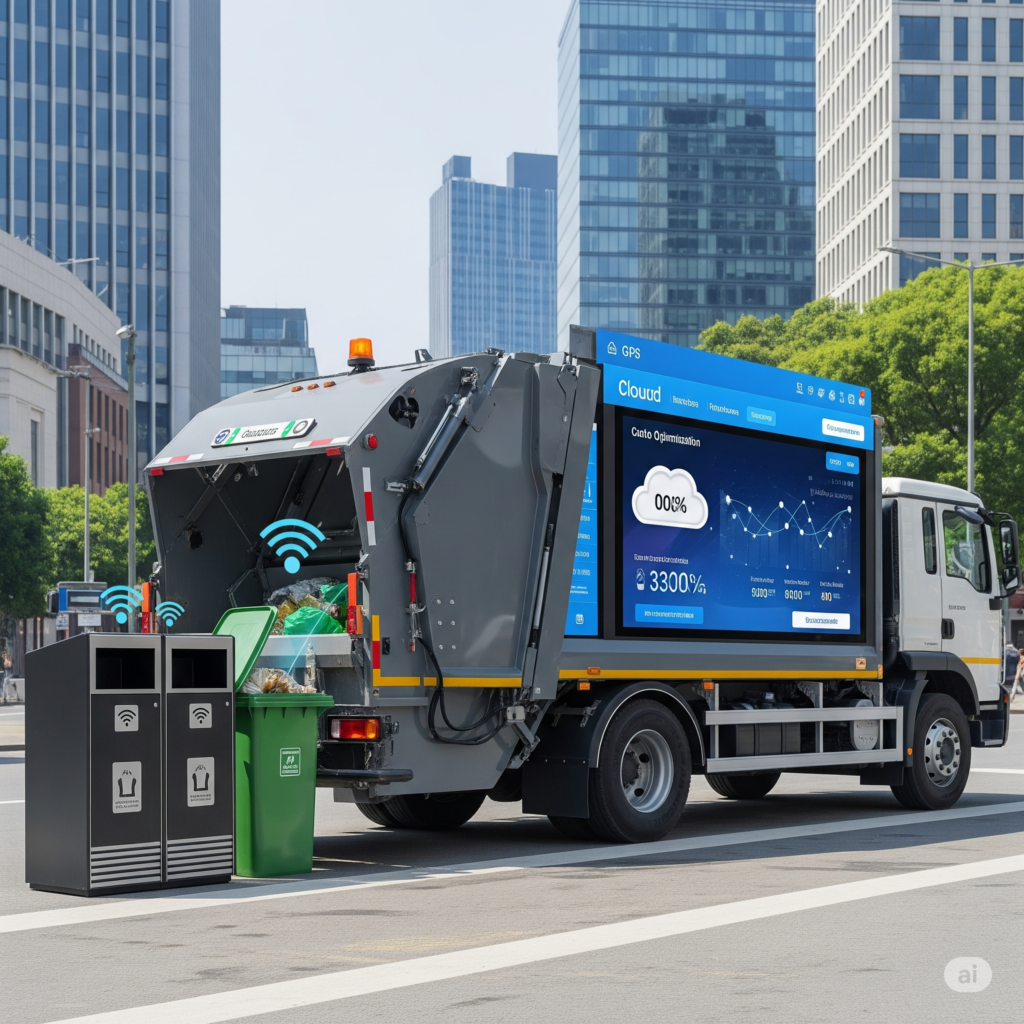
📦 1. Smart Bins
Bins are fitted with ultrasonic sensors that detect how full they are. When they reach a set threshold (e.g., 80%), they send alerts to waste collection systems.
🚚 2. Route Optimization
GPS devices in waste trucks allow AI to design the most efficient collection routes, saving fuel and time.
☁️ 3. Cloud-Based Monitoring
City administrators access live dashboards showing waste levels, missed pickups, and system health, enabling better decision-making.
🔁 4. Predictive Maintenance
The system predicts when bins need servicing, reducing breakdowns and overflows.
🌍 Global Adoption: Who’s Leading the Way?
🇮🇳 India
Under its Smart Cities Mission, cities like Indore, Surat, and Bhopal have deployed smart bins and GPS tracking in waste vehicles. Indore, India’s cleanest city, has become a model for IoT-powered sanitation.
🇺🇸 United States
Cities like Los Angeles and Chicago use smart trash cans and sensor networks to optimize sanitation services and reduce landfill loads.
🇸🇪 Sweden
Stockholm uses IoT sensors and AI algorithms to achieve near-zero waste policies through smart sorting and collection systems.
✅ Benefits of IoT-Based Waste Management
- Reduced operational costs due to efficient routing
- Less fuel usage and carbon emissions
- Fewer overflowing bins and complaints
- Real-time data for faster responses
- Improved public hygiene and citizen satisfaction
⚠️ Challenges and Limitations
Despite its benefits, IoT in waste management faces some hurdles:
- High initial setup cost for sensors and cloud systems
- Connectivity issues in remote or underground areas
- Data security and privacy concerns
- Training staff to use digital tools effectively
- System maintenance and sensor battery life
To overcome these, cities need strong public-private partnerships, scalable solutions, and tech-friendly policies.
🔮 The Future: Toward Zero-Waste Cities
As IoT devices become cheaper and more efficient, we can expect:
- Integration with AI and robotics for automated waste segregation
- Real-time citizen feedback apps for reporting sanitation issues
- Dynamic waste tariffs based on real-time usage (pay-as-you-throw models)
- Circular economy models supported by IoT waste tracking
Smart sanitation is not just about cleaning—it’s about urban intelligence that responds, adapts, and evolves.
🔚 Conclusion: Smarter Bins, Cleaner Cities
IoT is proving to be a game-changer in waste management, turning a traditionally manual process into an intelligent, data-driven system. As urban populations grow, IoT will be key to keeping cities clean, green, and liveable.
It’s time to move from overflowing garbage to overflowing innovation.
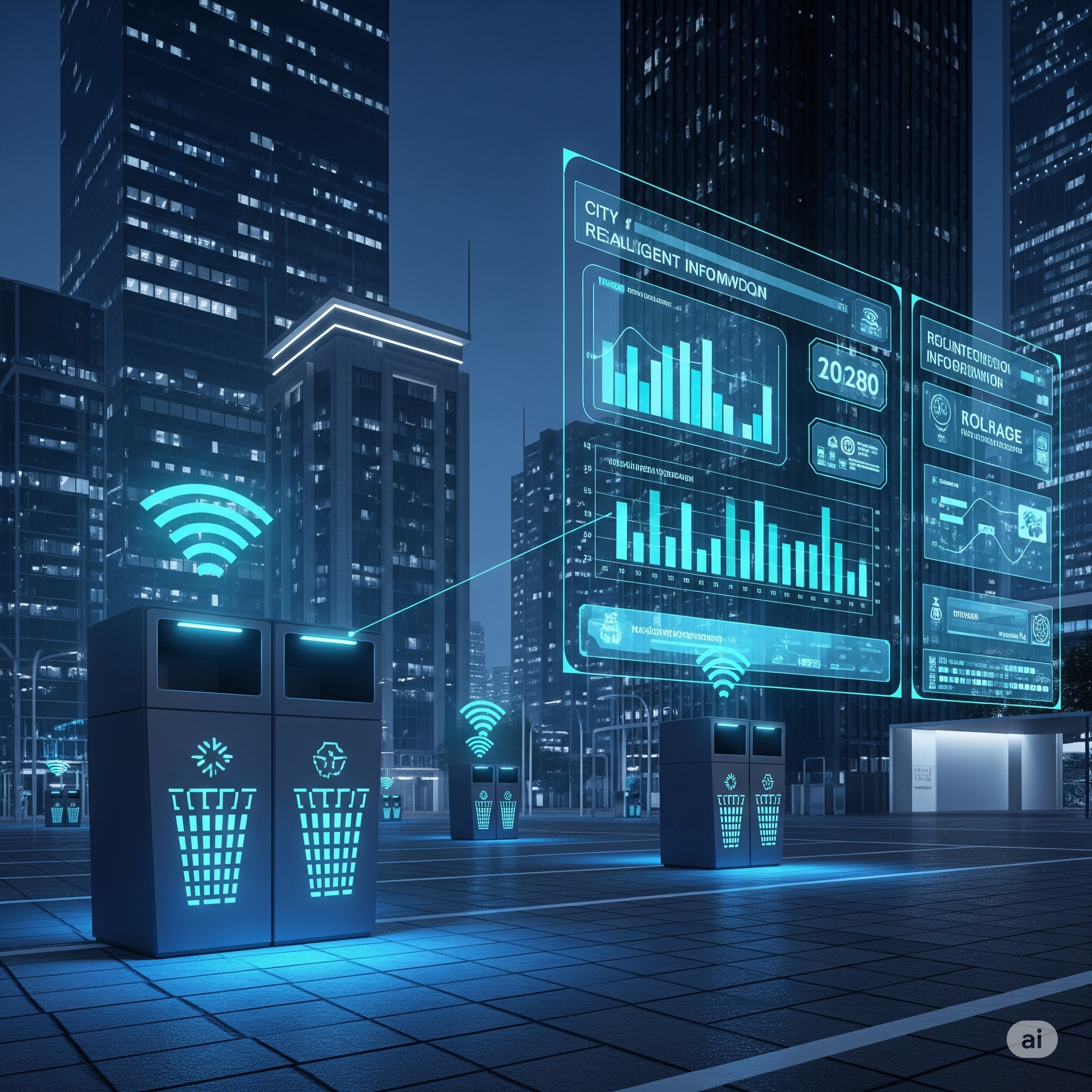
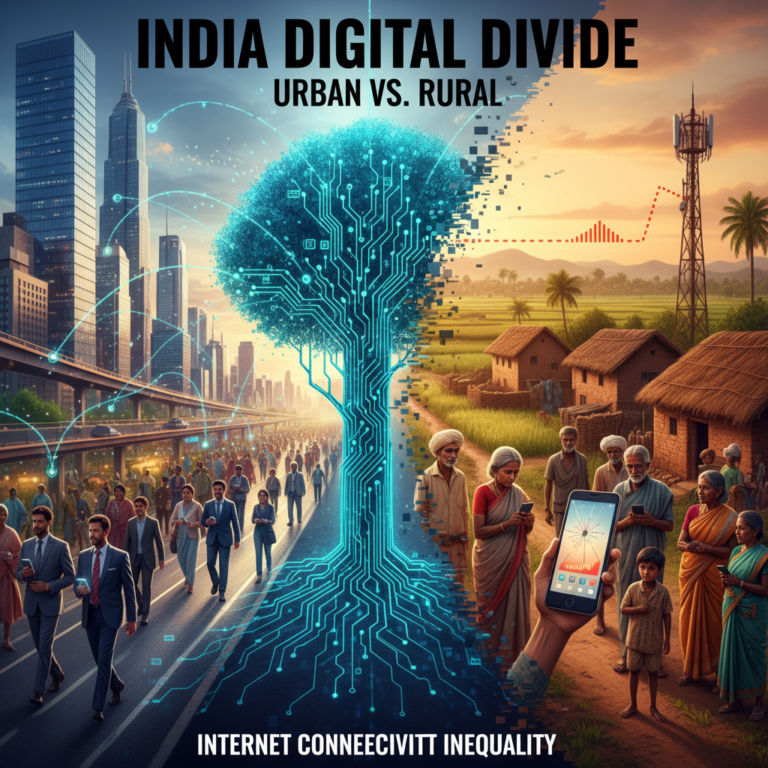




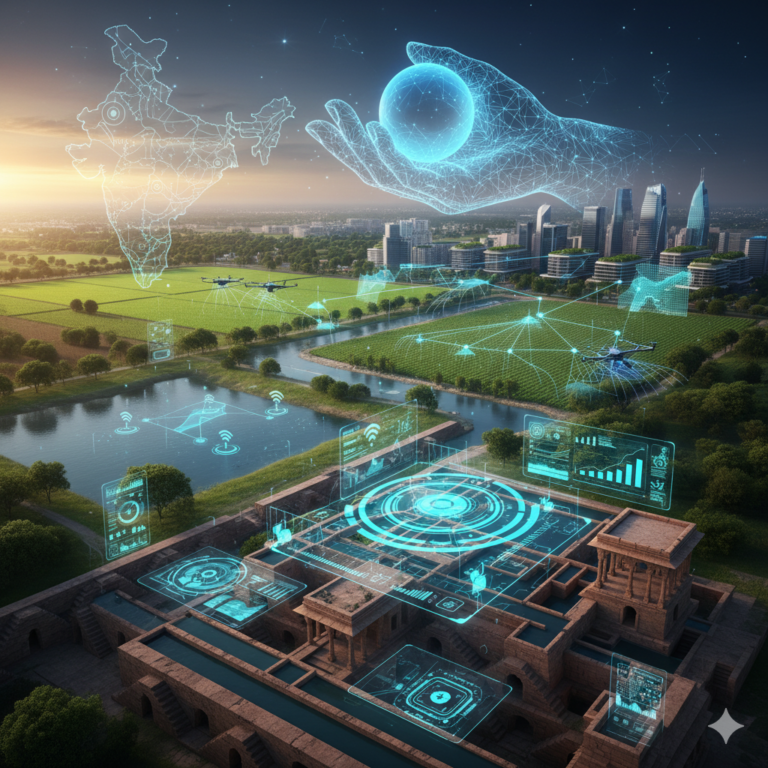
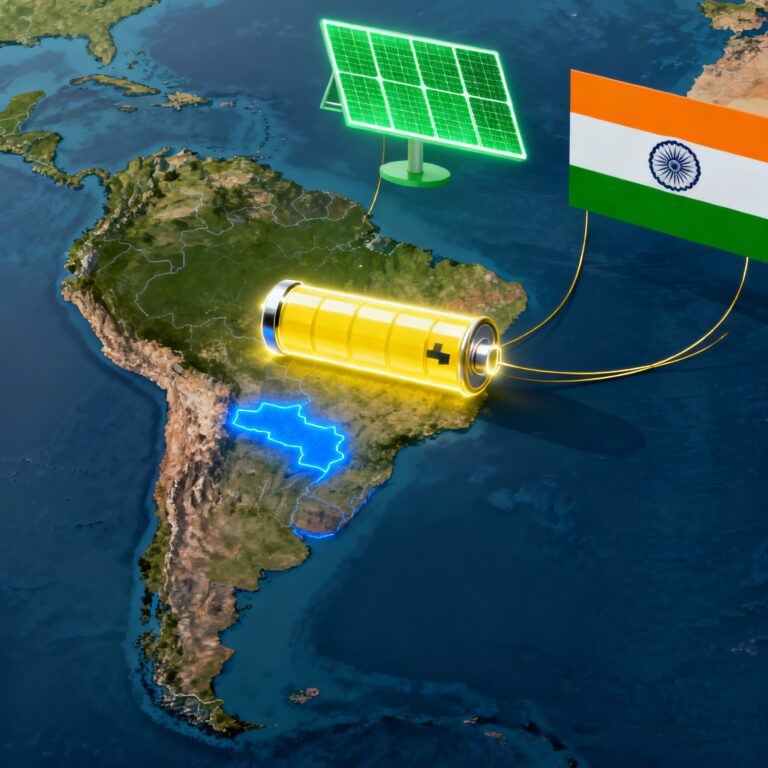

+ There are no comments
Add yours